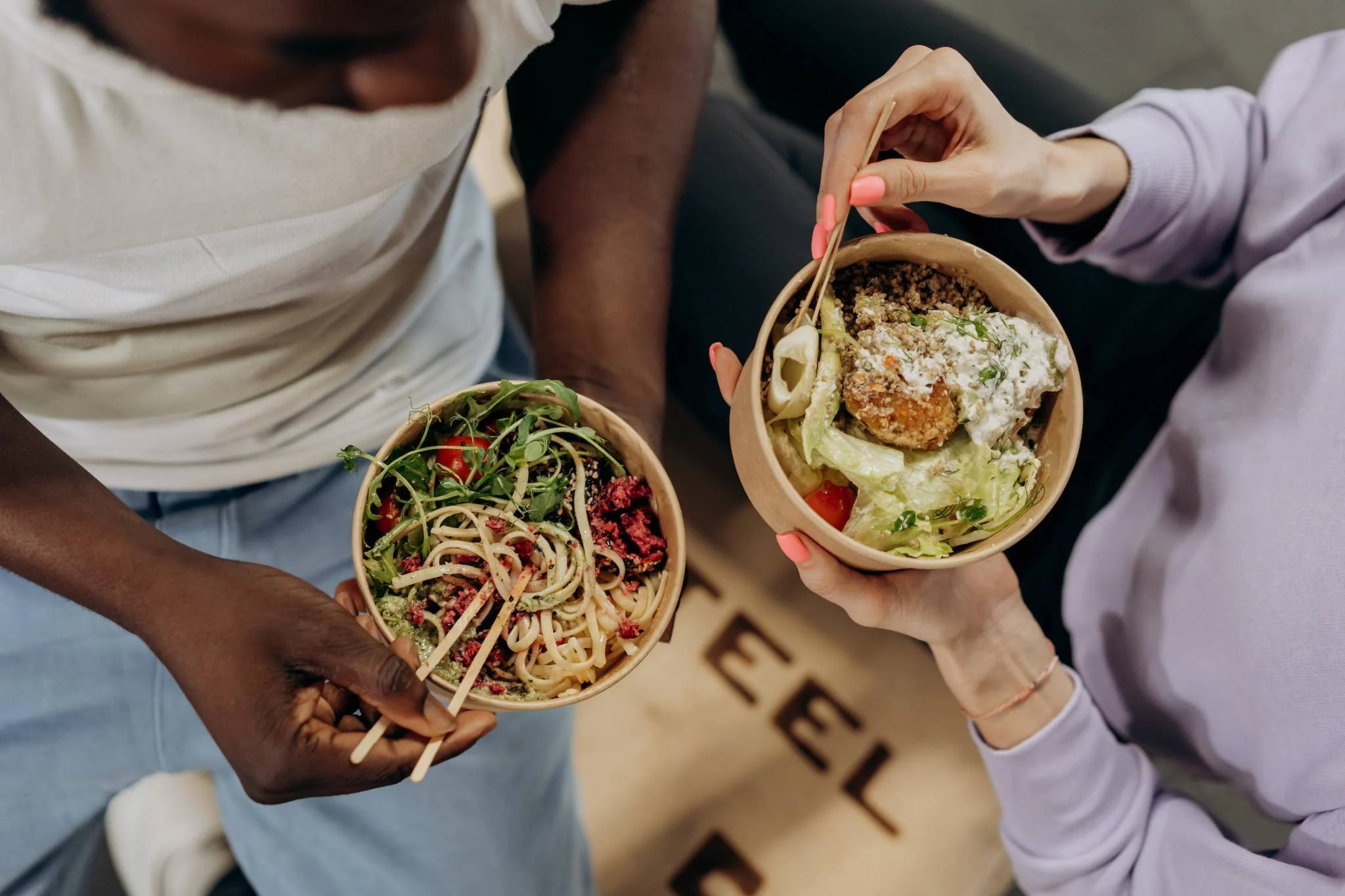
TikTok trends like menu hacking and the Grimace Shake are transforming the fast food space, influencing how people consume food and food content. At the convergence of entertainment, performance, and community, can the 'TikTokification' of fast food reveal what it is people are really hungry for?
The age of ‘Foodstagram’ is over.
Where once an emphasis was placed on static images featuring bright and flat shots of dishes taken from above, all carefully curated to symmetrical perfection on a grid, TikTok has shaken things up once again.
Enter the era of messy, pleasurable, and entertaining foodie content where everyone and anyone can get involved. From ‘what I eat in a day’ videos to reviewing a restaurant or hopping on a viral trend, the ‘TikTokification’ of food welcomes all.
We’ve seen this evidenced in niche trends like the #picklechallenge and TikTok has definitely helped spur the rise of tinned fish, with macro and micro trends on the platform influencing what, how, and where we eat and drink – 38% of consumers across generations have made dining decisions based on TikTok.
And nowhere is this shift more pronounced than in the fast food sector, where the ‘TikTokification’ of fast food is showing how the app is changing the way audiences consume and interact with bites on a budget.
Take menu hacking, for example. While this has always been a thing in the fast food realm, menu hacking on TikTok has kicked things up a notch ranging from orders that save money to ones that are all about excess, often resulting in bizarre creations that elicit both disgust and awe.
Some hacks have become so popular that chains, such as Chipotle, have added them to the official menu – seeing digital sales hit an all-time high. Whereas other fast food giants, aka the Waffle House, are cracking down on menu hacks as they ask their diners to take such behaviour elsewhere.
But sharing menu hacks can be a way for people to signal their identity as fast food becomes something to get experimental with. Customised, off-the-menu items create a sense of added value and access to exclusive knowledge within a niche community – even if it's then shared with millions.
In fact, the creation of community through user-generated content lies at the heart of viral fast food content. This is what’s happened with the #grimaceshake trend, which currently has 3.5 billion views on the platform. Using the vibrant purple McDonald’s shake as a prop to create endlessly imaginative narratives, creators have catapulted the product into cultural relevance.
“This was a level of genius creativity and organic fun that I could never dream about or plan for—it was all from the fans, and the fans only,” says Guilliaume Huin, McDonald’s social media director, crediting the success of the trend to “the way a new generation of creators and consumers play with brands.”
TikTok has turned fast food content into a performance art that’s changing minds and menus. And fast food brands are taking note by actively involving themselves in the conversation. Whether that’s Popeyes leveraging the ‘Girl Dinner’ fad or KFC partnering with creators for menu hacks, fast food is entering its co-creation era.
With social media audiences finding community and entertainment through niche, novel and sometimes bewildering Tiktok food trends, food connoisseurs and food fans alike are tuning in to the ongoing spectacle of fast food content. So, the ‘TikTokification’ of the fast food scene looks set to stick.



